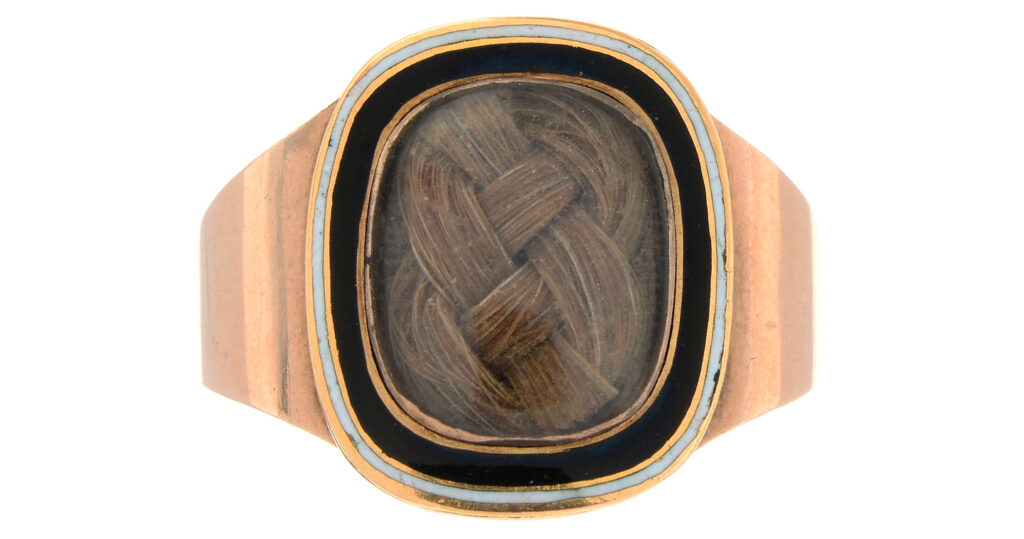George Washington Memorial Ring

George Washington’s (February 22, 1732 – December 14, 1799) importance to the United States of America cannot be understated, as he was the first President of the country and one of its founding fathers. It is fitting that a ring to commemorate him on his death is designed in a style that is fit for royalty, yet also features basic and humble elements for its time. This ring has been in the property of Dr Joseph E. Fields and was auctioned in 2010.
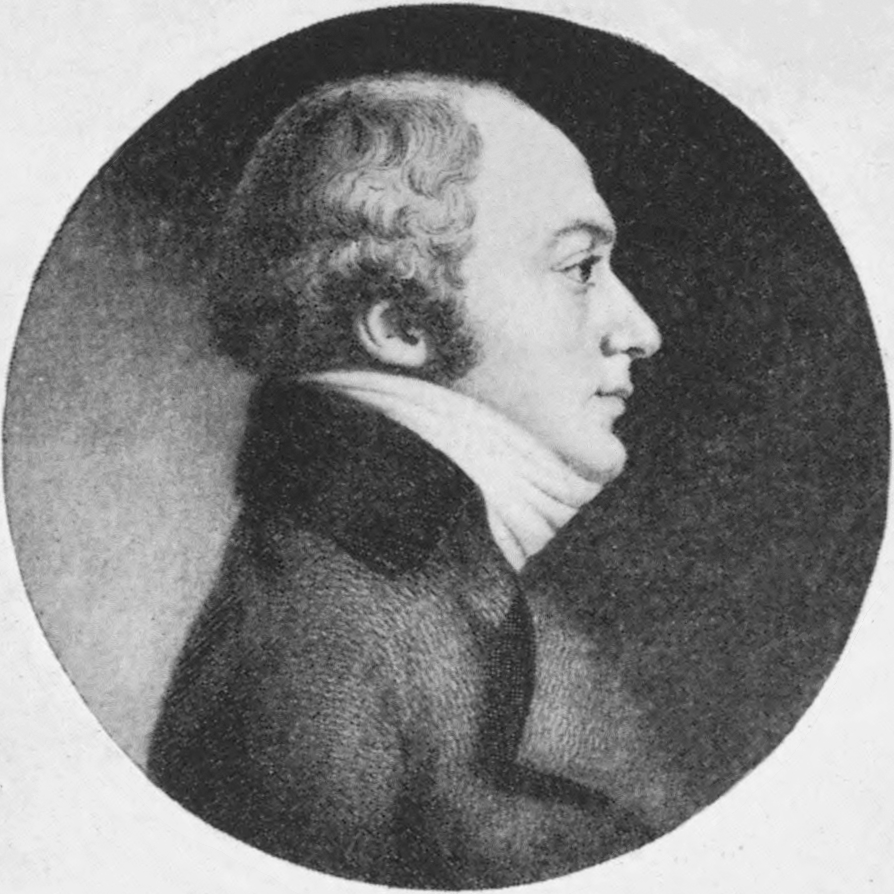
Attributed to Charles Balthazar Julien Févret de Saint-Mémin (1770-1852), the ring is one of twenty-two that were allocated for family and friends. Born in France to Benigne Charles Fevret and Victoire Marie de Motmans, Saint-Mémin was an officer in the French royal palace guard during the Reign of Terror (1793-1794). His land was taken during The Terror and he fled to Switzerland and then to New York City, where he developed a business producing engraved portraits. This was self taught, as it was necessity which forced Saint-Mémin to build a business to sustain his family.
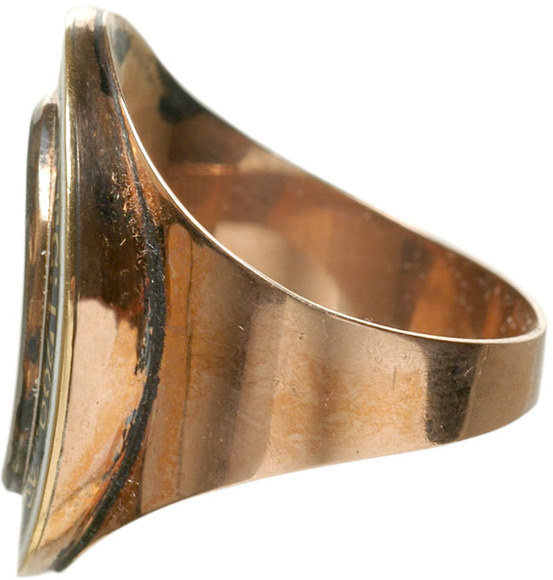
Physiognotrace, a device based on the pantograph, allowed an artist to capture a profile quickly, with little freehand finishing work needed. This was done by looking at the sitter through an eyepiece, then tracing his or her features with a pivoting, pointing rod. A pencil was attached to the end of the rod, drawing the features on a sheet of paper.
Saint-Mémin worked in America from 1793 to 1814, where he won U.S. citizenship, then returned to France to work as director of the Musée des Beaux-Arts de Dijon from 1817 to 1852. It was here where he passed away in Dijon. His return to France was due to the restoration of the Bourbons in 1814.
While only the wealthy could afford his work, Saint-Mémin took commissions from ordinary citizens and the famous alike, making his work accessible and not relegated to one segment of society. This is what makes the Washington ring very special; its construction is humble, yet popular for its time, while the profile is highly detailed and very much part of Saint-Mémin’s style.
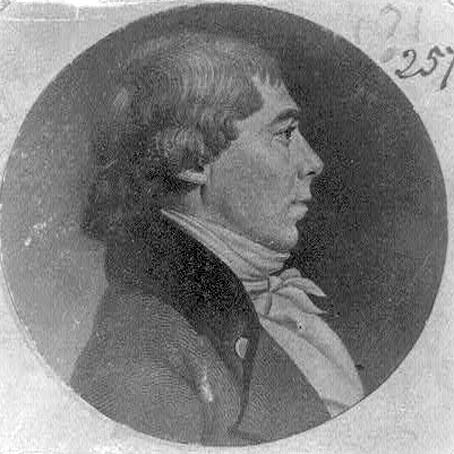
In this depiction of David Holmes c.1798/1799 (Library of Congress), the contemporary style of Saint-Mémin can be seen. Heavy shading around the jaw, careful detail to the hair and contour work to the cravat, jacket and waistcoat define the dimension of the sitter in the same way that was Saint-Mémin’s style and clearly used in the Washington ring.

Five mourning rings for Washington still exist today, yet none of these can be traced directly back to the people listed in the Last Will and Testament. The five that still exist today are as follows:
1. Mount Vernon, donated Private Collection, sold in 1977 by C.G. Sloan & Co. 1977.
2. Private collection, Ex. Frank S. Schwarz and Son of Philadelphia.
3. Metropolitan Museum of fine Art, New York.
4. Smithsonian Institution, Washington D.C. Division of Political History, Museum of American History.
5. This example, Ex. Dr. Joseph E. Fields
Other sources sited are: W.S. Baker, “Engraved Portraits of Washington,” (1880) John Hill Morgan and Mantle Fielding, “Life Portraits of Washington and Their Replicas” (1931) Windy C. Wick, “George Washington An American Icon.”
Prior to Doctor E. Fields, this Washington ring was owned by Anna S. King and has a provenance dating back to 1882. The ring was featured in Elizabeth’s Johnson’s 1882 book, “Portraits of Washington” (p.135).
Mourning jewels for popular and influential people not only speak to the value of love that the family had for the person, but to the nationalistic pride that a population can have for a mourned figure. The death of Charles I (1649) popularised the royalist movement in jewellery, as his depiction was copied for lockets, rings and other forms of jewellery, as was Napoleon (1821), Princess Charlotte (1817), Horatio Nelson (1805) and many other figures in the early-modern period that could generate an outpouring of emotion after their death.
Commemorative items for George Washington’s death, from bandanas, coins, porcelain and ephemera are no different, yet to see a ring in such high quality brings it closer to its original intent as a mourning piece for a loved one. Where this ring is modest is in its construction. The ring was created c.1799, where the more opulent, larger rings were popular. This smaller, oval shape in the wider band, which is colloquially called a ‘cigar band’, was popular in the c.1810 period, but this ring precedes it. The gold work is humble and not elaborate, while the portrait is detailed, it is still simple in shape. The ring is seemingly designed around the portrait and not the other way around.
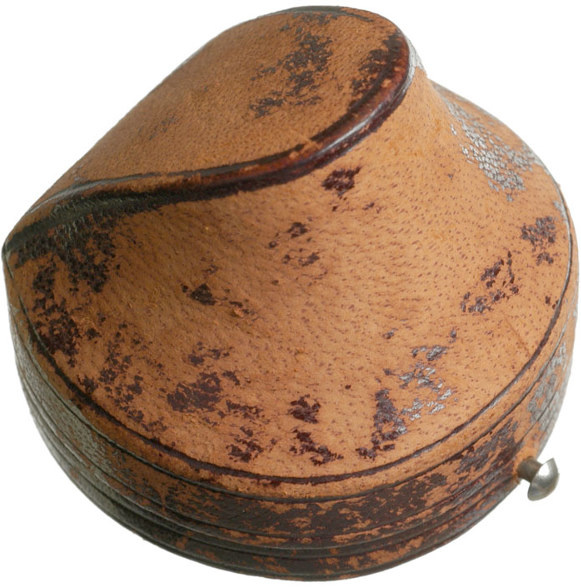
Mourning and memory are one and the same. The memory remains in the past, as does the loved one who is lost. With a powerful legacy of a popular figure, much is done by a population to retain a memory of the figure, as it holds on to the ideals of what that society holds dear. George Washington is a primary representation of that social identity, so to see a jewel that is so personal to the inner circle of a family within that society is so much more interesting. There’s no glorification of the identity, or making him an ideal. It is a portrait in the style of its artist, as seen in the contemporary designs that Saint-Mémin did, set in a way that was humble and genuine. Keepsakes like this don’t need to be grand, they are impressive in their loving impact and simplicity.
It is remarkable to see a jewel of this quality in its original leather box, especially for its desirability and importance to not only the family, but to the United States of America.
Many thanks: H. Burchard, Washington Post




